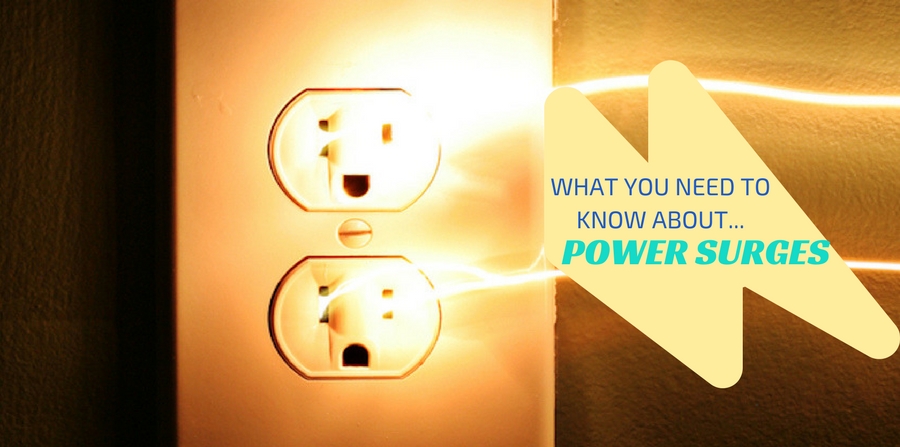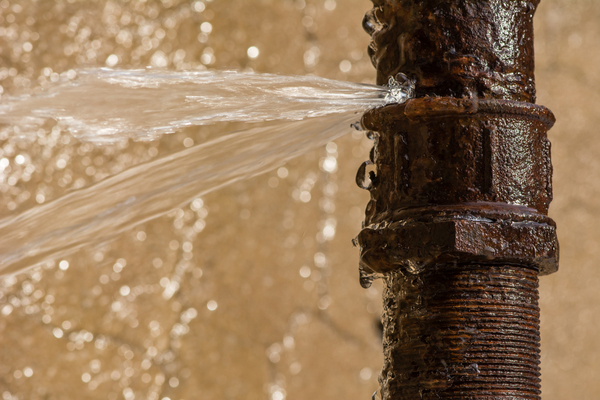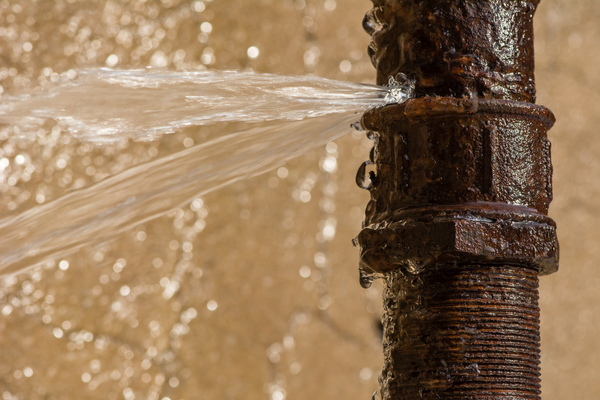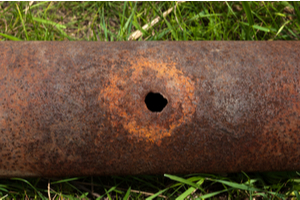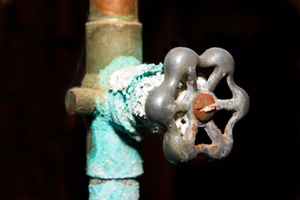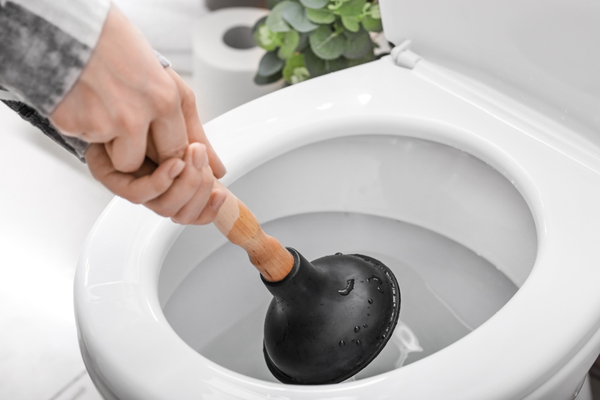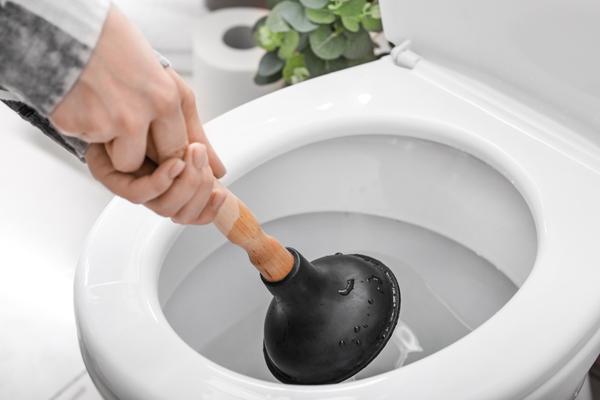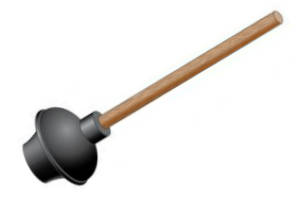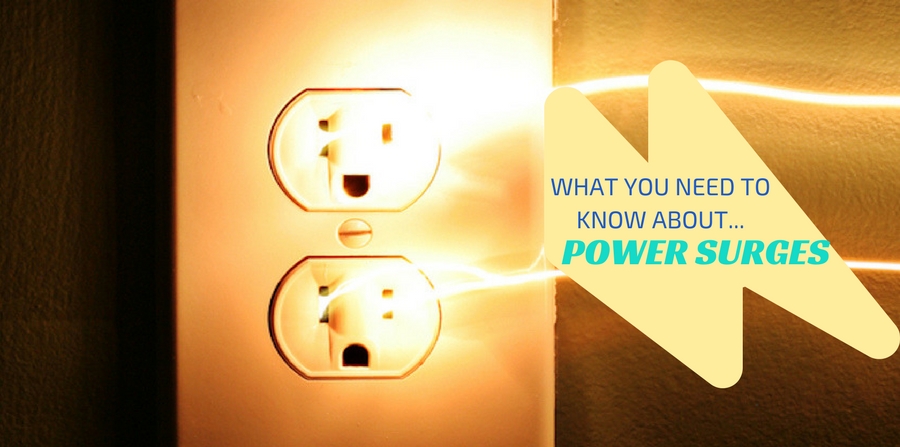
Los Angeles homes have more electronic devices plugged in and drawing power now than ever before. While modern electrical grids can supply power evenly and safely, power surges can result from several causes outside and inside the home.
Every homeowner should understand the basics about power surges and how to prevent them. Over time, even small power surges can cause damage to appliances and devices. Here’s a quick primer on everything you should know about power surges, and what you can do to stop them.

What is a Power Surge?
A power surge is an extremely fast and intense power spike in your home’s electrical current. Surges are also referred to as “transient voltage” because they’re caused by the sudden presence of an overvoltage traveling through an electrical system.
Wall outlets normally supply 120 volts of AC power, but the actual voltage level in the system fluctuates between 0-169 volts. Most home appliances and devices are designed to handle this small fluctuation but an increase above 169 volts is considered a power surge. When a surge travels into your home’s electrical current, the voltage spikes can be damaging and dangerous.

What Causes Power Surges?
Most people associate power surges with lightning. When lightning strikes near a power line, its energy discharge can boost the line’s electrical pressure by millions of volts. That electrical boost runs through the power line and into your house, and BOOM!
Luckily, lightning is one of the rarest causes of power surges. Most surges are a bit more mundane.
High-powered home appliances such as air conditioners and refrigerators require a lot of power to switch on. When these appliances request this power, they can inadvertently create a spike in your electrical system. These “switching surges” aren’t as severe as lightning surges, but they can still do damage and wear other circuits over time.
Surges can also come via the power company. Your electrical company occasionally switches grids to access different power sources. When these switches occur, there may be an accidental surge of electricity. A transformer malfunction or faulty transmission line can also create an unwanted power surge in your house.
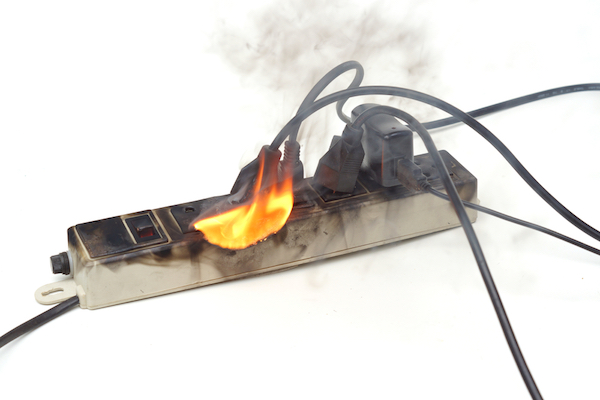
Why Are Surges a Problem?
Simply put, power surges with large voltage spikes can be damaging or dangerous. Surges can damage or destroy plugged-in electrical devices.
When too much electricity flows through an appliance at once, the appliance could overheat, break down, or even catch fire. This uncontained arc generates heat, which could melt or erode appliance components. A severe enough surge could even start a fire!
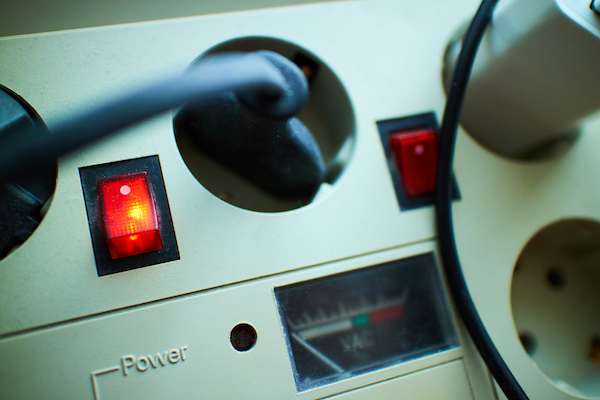
How Can I Prevent Electrical Surges?
The easiest and best way a homeowner can protect against power surges is to use a surge protector. Surge protectors are a type of power strip. They contain one input to be plugged into the wall, and several outlets to plug other devices into. Newer versions also have a power surge USB port to protect your USB devices while they are plugged in.
The difference between a power surge protector vs power strip is surge protectors absorb any excess energy running through them. During a surge, the protector redirects excess voltage toward the grounding wire to neutralize it. Service-panel surge protectors work the same way, but they fit directly onto your circuit breaker to prevent power surges from entering your home’s electrical system.
Reduce the Risk of Power Surges in Your Home
For more information on power surges, check out the National Institute of Standards and Technology’s informational booklet.
If you need help with any electrical problem, give Mike Diamond a call today. Our fully licensed electrical contracting professionals have the experience and know-how to diagnose and repair any problem with your electrical system. We can help prevent dangerous overvoltage from causing damage in your home.
The post Why Power Surges Happen and How to Prevent Them appeared first on Mike Diamond Services.
Did you miss our previous article…
https://tkoplumbingco.com/?p=436
